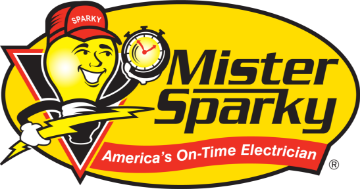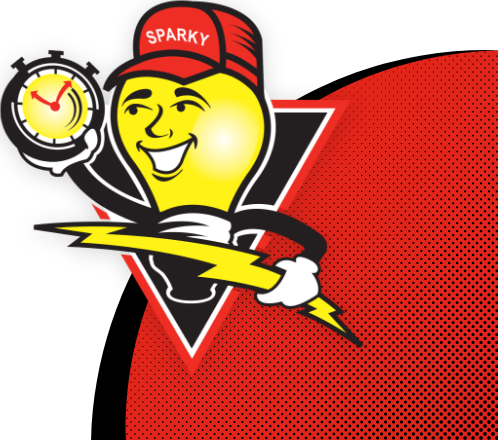Ceiling Fan Services in San Antonio
I’d Like to Get More Air Movement in My Home
Mister Sparky® electricians are experts when it comes to ceiling fan repair and installation. Each year we receive thousands of calls from homeowners who need help installing, re-installing, tightening, wiring and re-wiring fans of all shapes, sizes, and models.
The first ceiling fans appeared in the late 1860s, in the United States. At that time, they were not powered by any form of electric motor, instead a stream of running water was used in conjunction with a turbine, to drive a system of belts which would turn the blades of two-blade fan units. These systems could accommodate several fan units, and so became popular in stores, restaurants, and offices.
A Variety of Styles
Many styles of ceiling fans have been developed over the years in response to several different factors such as growing energy-consciousness and changes in decorating styles. The advent and evolution of electronic technology has also played a major role in ceiling fan development.
Some of the more popular ceiling fan styles are:
Stack-Motor
Stack-motor fans employ a powerful, energy-efficient motor, and it is far less expensive to operate than air conditioning. With this design, the fan’s blades mount to a central hub, known as a flywheel. The flywheel can be made of either metal or reinforced rubber, and can be mounted either flush with the fan’s motor housing (concealed) or prominently below the fan’s motor housing (known as a “dropped flywheel”).
Direct Drive
Direct-drive ceiling fans have become the standard for today’s fans. They employ a motor with a stationary inner core with a shell that revolves around it (commonly called a “spinner” motor); the blades attach to this shell. Direct-drive motors are the least expensive motors to produce, and on the whole are the most prone to failure and noise generation.
Belt-Driven
As mentioned earlier, the first ceiling fans used a water-powered system of belts to turn the blades of fan units (which consisted of nothing more than blades mounted on a flywheel). For period-themed decor, a few companies have created reproduction belt-drive fan systems. The reproduction systems feature an electric motor as the driving force, in place of the water-powered motor.
Cast-Iron
Throw backs from a bygone era, a cast-iron fan utilizes a very heavy-duty oil-bath motor. These fans must be oiled periodically, usually once or twice per year, since they use an oil-bath system for lubrication. Because these fans are so sturdily built, and due to their utter lack of electronic components, it is not uncommon to see cast-iron fans operating for eighty years or more.
Fan Wobbling
Wobbling is not a result of how the fan is mounted. Instead, the one and only cause of wobbling is fan blades being out of weight-alignment with each other. This can happen due to a variety of factors, including: warped blades, bent blade irons, blades or blade irons not being screwed on straight, blades being different weights or shapes or sizes (minute differences matter), and so on.
Although wobbling will not cause a ceiling fan to fall, it can be a nuisance. Ceiling fans are secured by clevis pins locked with cotter pins, so wobbling can’t have an effect on the fan’s security. Having Mister Sparky® handle your ceiling fan repair needs will insure your peace of mind.




















